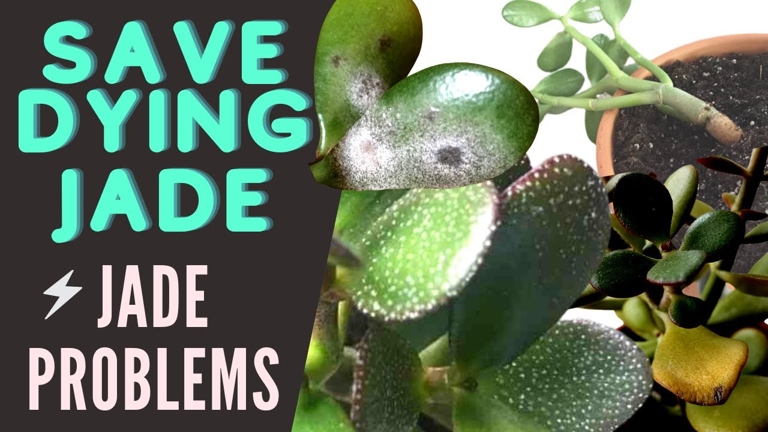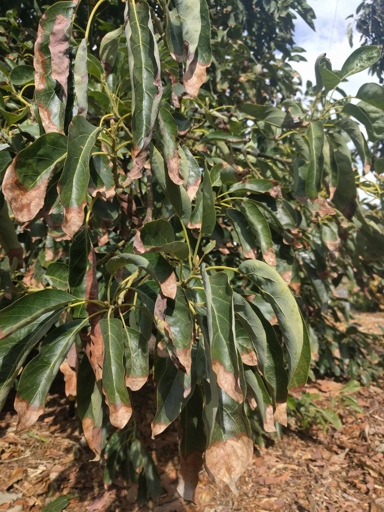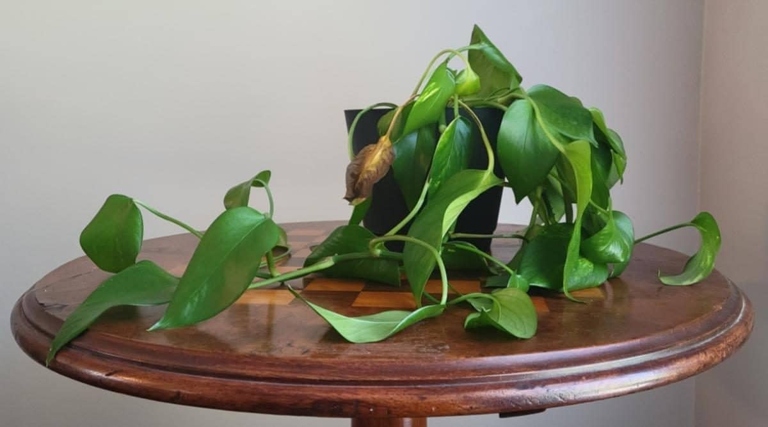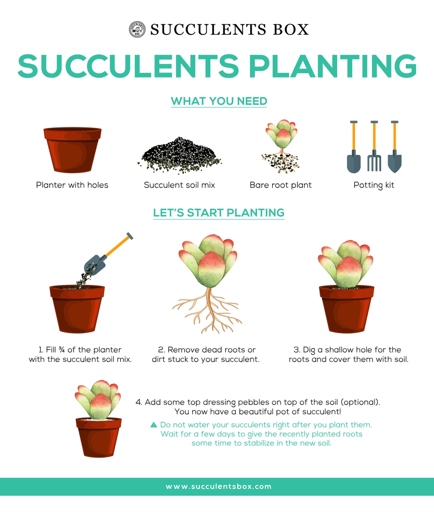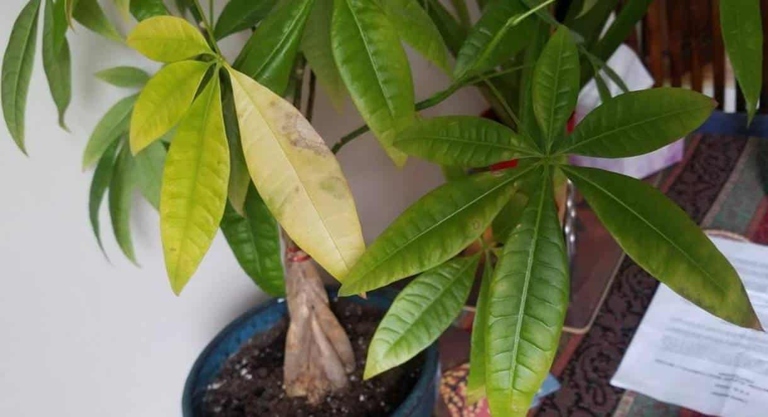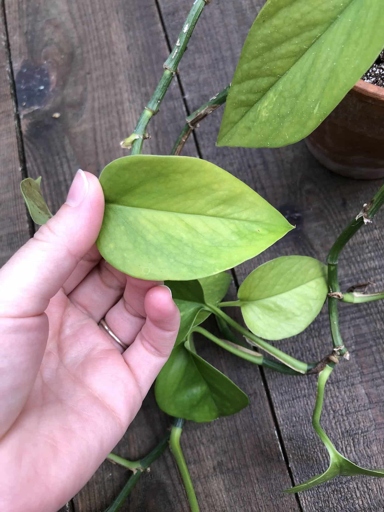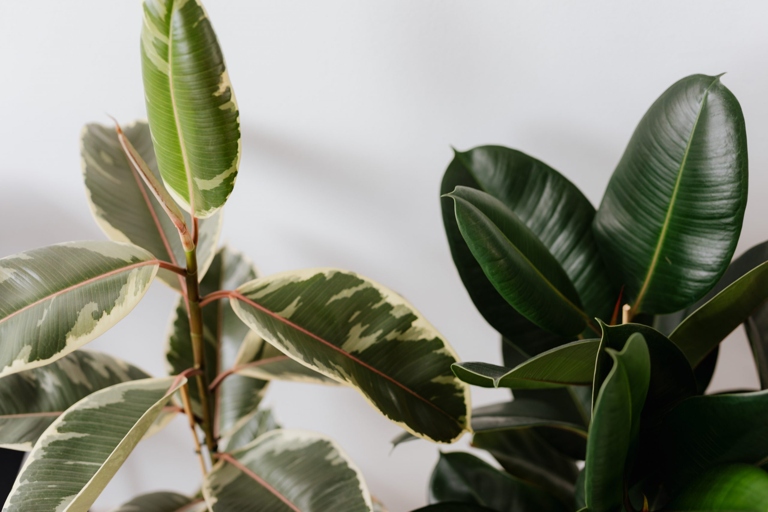Underwatered Jade Plant (Signs And How to Revive)
Jade plants are a type of succulent that originates from Africa. They are a popular houseplant because they are easy to care for and are very drought tolerant. However, if they are not watered properly, they will start to show signs of stress. The leaves will begin to wrinkle and the stems will start to shrivel. If you see these signs, it’s important to revive your jade plant as soon as possible. Here are some tips on how to revive an underwatered jade plant.

